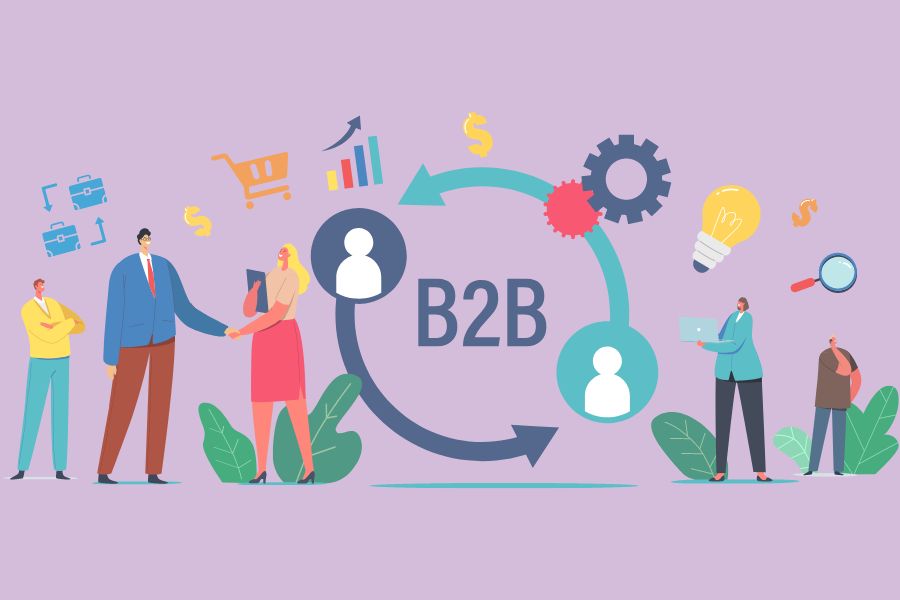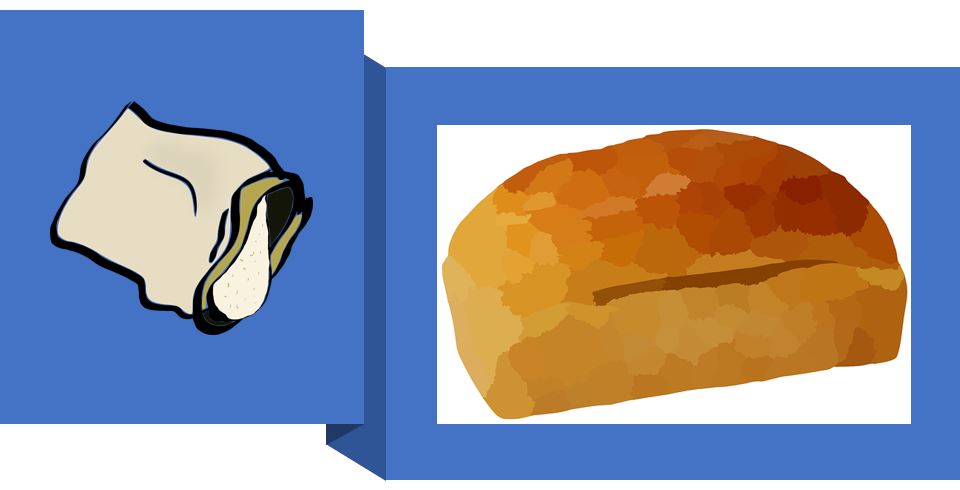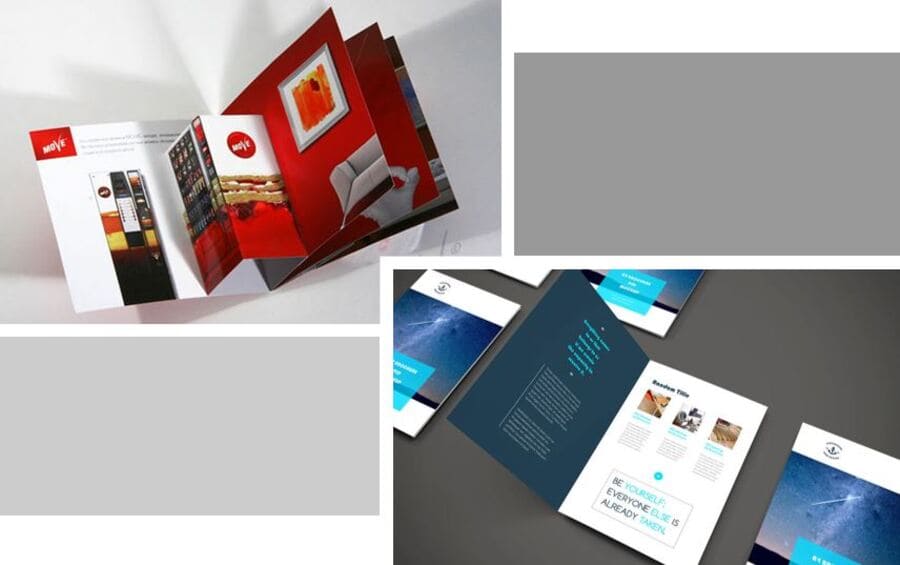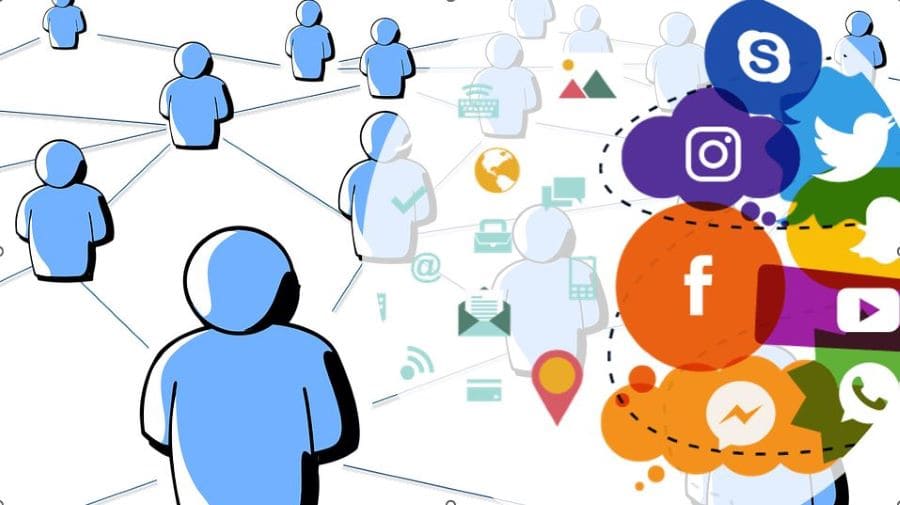Does this B2B marketing scenario sound familiar?
You’ve developed a great product or service to help other businesses optimize their operations. You’re proud of what you have accomplished. But now you’re faced with intimidating questions…
How will you reach potential customers and show them your product is better than the competition?
Who should you target with your business marketing? What are the best strategies to reach them?
And where do you even start?
No wonder you’re feeling overwhelmed — but you don’t have to. Help is here.
This guide will show you step by step what’s involved in B2B marketing for your small business and how to get your marketing campaigns on the road!
Let’s jump in.

How B2B Marketing Differs from B2C Marketing
Marketing is marketing no matter who you’re targeting, right?
Well… not exactly.
Business-to-business (B2B) marketing differs from the more common business-to-consumer (B2C) marketing in some fundamental ways.
To illustrate, let’s take two imaginary companies…
Millmeier is a small, purebred B2B company. It buys organic grains from local farmers and turns them into specialty flours. It sells these wholesale flours to local bakeries, restaurants, and hotels.
The company has no retail customers, so its entire life cycle takes place in the B2B space.
Bread Buffs, a neighborhood bakery, is a B2C company — one of Millmeier’s clients. They sell bread and pastries directly to customers in their brick-and-mortar store.

Here’s how their business marketing differs…
Bread Buffs’ customers are literally anyone who walks into their store.
For Bread Buffs, name recognition in the neighborhood is paramount, so the company benefits from general marketing to a large potential audience. Think of weekly ads in local newspapers or regular mailers to a wider geographical area.
Millmeier, on the other hand, targets a much smaller group of B2B customers.
It’s essential for them to establish a personal relationship with each of their customers or “accounts” since they depend heavily on repeat business.
And to establish these relationships, they need to know their target market as well as their competition.
Paint a Picture of Your Target Market (& Your Competition)
Having a good sense of your target market is key. You’ll need to know about your potential customers before you can effectively address them in your business marketing.
But it’s equally important to understand your competition. Your B2B market positioning starts with knowing who you’re competing against.
Scope Out the Competition
Begin by taking a good look at how competitors are profiling themselves. Search for similar products or services online and review these websites.
Also, collect competitor flyers and brochures and get on their mailing lists. This way, you’ll always be up to speed on the latest product developments.
For each competitor’s website, analyze how the company positions its products. This includes visual presentation, product descriptions, and unique product features.
Make a list of descriptive elements you admire, as well as elements you wouldn’t want to use for your own products.
Also, look for information on the company’s customers or clients. If you find names, add them to your list of potential customers.
Refine and Position Your Brand
Once you have a good sense of your competition, it’s time to fine-tune your own B2B brand by creating a brand book (aka brand guide).
Your brand book sets the parameters for your brand awareness and marketing efforts, so spend some quality time on it.
A brand book includes company and product information, such as:
- The company’s mission, vision, and core values
- The unique purpose and features of the products/services you offer
- Your target audience
It also has guidelines for the brand’s visual presentation to ensure a consistent look and feel for your marketing materials, such as:
- The official company logo and where to place the logo in different marketing and company materials (stationary, reports)
- The company’s slogan or tagline
- The brand colors
- Approved type fonts for marketing materials and web pages (titles, subheads, body text)
- Other company-specific style decisions (capital letters, abbreviations)
- The types of images and graphics to be used in your marketing materials

As you work on refining your brand, revisit your competitor research to make sure your own B2B brand is distinct, doesn’t infringe on copyrights and trademarks, and presents a unique, attractive company profile.
Identify Potential Customers
Next, create a detailed list or spreadsheet of your ideal customers. Include the company name, address, website, and contact information.
If your business primarily services a geographic area, search online, in the Yellow Pages, or local Chambers of Commerce for businesses you’d like to have as potential customers.
Millmeier, our sample specialty flour company, could compile a list of all bread and pastry factories, bakeries, and upscale restaurants.
If you have an online company, scour the internet for your competitors.
Once you have your list, sort it into customers you absolutely want to have and those that would be nice also-haves.
Calculate how many customers and what size orders you need to break even and make a profit. This will guide you in prioritizing how to spend your marketing money.
Analyze Company Size and Buying Cycle
Now that you have your lists of potential customers, it’s time to drill deeper. Use your research to answer the following questions:
- How large or small are each of these businesses? How many employees do they have?
- How is each company structured? For instance, is it a non-profit or for-profit? Is it a sole proprietorship, family-owned LLC, or corporation?
- Who makes the buying decisions? Would it be a manager, a leadership team, or the CEO?
These details will help you better understand your potential customers’ buying processes and cycles—which in turn helps you plan your business marketing approach just right.
How the B2B Buying Cycle Differs from the B2C Cycle
B2C marketers are used to working with short buying cycles: consumers spend relatively little time thinking about most products they buy.
B2B transactions often take much longer—especially for non-routine purchases such as new equipment or technology.
Why?
Because of the need for input from key players at different levels in the company hierarchy.
So, design your marketing campaigns with this longer B2B sale cycle in mind when promoting your products to business buyers.
And make sure to allow enough time for the company to take advantage of special offers such as timed discounts.
Types of Information B2B Customers are Looking For
As you know, in B2C marketing, there’s a lot of “hype.”
Hype is characterized by overpromising: describing a product in terms that inflate its qualities or value beyond what it’s capable of delivering.
This works in a consumer environment—but in a B2B relationship, hype can literally sink your business because it destroys credibility and trust.
B2B buyers seek accurate, no-fluff information about the products or services you offer.
It’s crucial to show the benefits of your product or service to the companies you are targeting and do so in a realistic way that doesn’t overpromise.
Understanding Users vs Buyers
One of the most important factors to understand is the difference between users and buyers.
In B2C marketing, it’s easy: in most cases, the buyer is also the user.
But business-to-business marketing works with a different equation: the B2B buyer is often not the user.
The users of Millmeier’s organic flours, for example, are the workers who bake breads, cookies, and pastries.
But the buyers are probably the company managers or even the CEO, depending on the size of the business.
Why is this important?
Well, imagine that Millmeier has developed a great new specialty wheat flour that makes the dough less sticky. It’s more expensive but speeds up the baking process and makes kitchen clean-up faster.
If Millmeier targets the company CEO with an ad for the new flour, the boss may be inclined to dismiss this new product because it costs more. But the bakers immediately understand the benefits.

So, it would make sense for Millmeier to design their product ads for bakers, in the hope that they would then convince their bosses to try out the new flour.
So, develop your ideal buyer persona and always ensure you target the right B2B customer in your marketing campaigns.
After completing the steps above, you’re in a great position to create an overall B2B marketing plan and select the best B2B marketing strategy for your company.
5 Effective B2B Marketing Strategies That’ll Drive Growth
In this section, we’ll review proven B2B marketing approaches and tools for small businesses.
Let’s start with a widely-used B2B digital marketing strategy: email.
1. Email Marketing
Email is a preferred way to reach potential customers. Zippia reports that “59% of B2B marketers believe that email is the most effective marketing channel.”
Email is relatively easy to produce and adjust to new developments and circumstances.
Best of all, it’s a cheap way to reach many people, as long as you make a consistent effort to build and maintain a customer email list.
Consider using a professional email marketing platform such as MailChimp, ConstantContact, or Hubspot for your B2B email marketing automation. And make your task easy by using their built-in templates, customized with your company logo and colors.
But there’s a drawback: email lacks a sense of importance, and a lot of it ends up unopened in the trash or spam folders.
That’s okay when you cast a wide net, but if you’re only targeting small groups, direct mail works better to get buyers’ attention.
2. Direct Mail
Direct mail (flyers, brochures, postcards, etc.) remains a very effective B2B marketing strategy to reach prospective customers.
In fact, direct mail accounts for 35% of B2B marketing.

Direct mail shows you care about your product and the buyer you’re targeting — especially if you add a personalized letter that addresses that person by name and title.
A personal letter to the prospective buyer is critical for marketing an expensive product. Introduce yourself and your product and tell them you’d like to follow up with a phone call, so they’ll expect to hear from you.
3. B2B Content Marketing
Email and direct mail are considered “outbound” marketing (reaching out to prospective customers).
Content marketing, on the other hand, is “inbound” marketing that aims at attracting new customers by offering content on the company website or blog.
Our flour company Millmeier, for instance, could post one new article weekly on anything related to working with organic grains and flours.
This free content has an added benefit: it generates authority and credibility potential for the company.
So, try multi-purposing your blog content: in addition to using these posts for website content, consider mailing a short summary and article link to your mailing list or reusing it in a company newsletter.
Note that your web content will need search engine optimization (SEO) to be found. SEO is a specialized skill within content marketing that takes some learning to do right.
For further reading on SEO principles, click here.
4. White Papers
A white paper is a special kind of informative marketing material that goes beyond a sales pitch for a product or service. It is an authoritative report on something related to your products that will interest potential customers.
White papers usually contain research, case studies, and statistics that lend credibility to the company.
To illustrate, our B2B company Millmeier could create a white paper on the environmental benefits and challenges of large-scale organic farming.
It could showcase successful farms and provide in-depth data on the long-term effect of organic farming on different soil types and microorganisms.
Creating a white paper is labor intensive, but on the upside, white papers are versatile marketing materials. A B2B marketer can use them for both online and print material.
Well-written white papers are valuable for potential buyers.
So, instead of giving them away for free, an effective B2B marketing strategy is to make them downloadable on your website in exchange for the person’s email address. It’s a great way to expand your email list.
5. Social Media Marketing
Many B2B organizations and businesses turn to social media marketing as well.
In fact, 95% of B2B companies use social media!
Favorite platforms to profile businesses and establish online communities include LinkedIn, Facebook, Twitter, Instagram, YouTube, and Pinterest.
An added benefit of using social media is its inexpensive, targeted advertising. Facebook ads, Google ads, and PPC (pay-per-click) campaigns allow you to target unique groups of potential customers with laser-like precision.

Social media marketing differs from direct mail and email marketing in an important aspect: reader or viewer engagement.
Whether you offer written text, pictures, video, audio, or podcasts as part of your digital marketing strategy, readers expect an opportunity to engage with you.
This means that if you decide to go the social media route, plan to invest time in interacting with your subscribers.
And speaking of engaging with potential customers, don’t forget to look into influencer marketing as an effective modern option to promote your products.
Need more details?
Click on the link for more than 100 helpful digital marketing statistics!
Executing Your B2B Marketing Campaign
Like all other aspects of your business, marketing takes planning and keeping a close eye on your marketing results.
Tracking Your Results and Making Adjustments
In today’s fast-paced environment, agility is the word of the day.
Agile marketing means using short marketing cycles to try different approaches. You regularly evaluate your sales returns and make quick adjustments or change course if you are not seeing the results you want.
Keep experimenting until you hit the magic mix to put your business on the B2B map!
Getting Marketing Help
Small business owners can do a lot of marketing themselves.
However, sometimes it’s better to call in the cavalry in the form of experienced marketing professionals. Especially when it comes to writing effective marketing copy.
In addition to the option of working with a B2B marketing agency, many specialists can create and design attractive marketing materials for you, such as:
- Copywriters
- Copy editors
- Content writers
- Graphic designers
- Social media writers
- Social media marketers
Smart Blogger offers a great job board focused on marketing writers, editors, SEO strategists, and freelancers.
Time to Jump into B2B Marketing!
Ready to give it a try?
As this guide shows, marketing your B2B business will take work, but it’s possible to do it yourself or with a small marketing team.
Once you have branded your business for marketing purposes, it’s a matter of 1-2-3:
- Decide on your best marketing effort and avenues and draw up a solid, doable plan.
- Create some excellent marketing materials (online and print).
- Implement, assess the outcome, and adjust until you are happy.
So, jump in and implement these strategies. And if you need some extra help, check out this guide.
Your B2B business will be on the map in no time!
The post B2B Marketing: A Basic Guide (& Strategies) for Small Businesses appeared first on Smart Blogger.

No comments:
Post a Comment